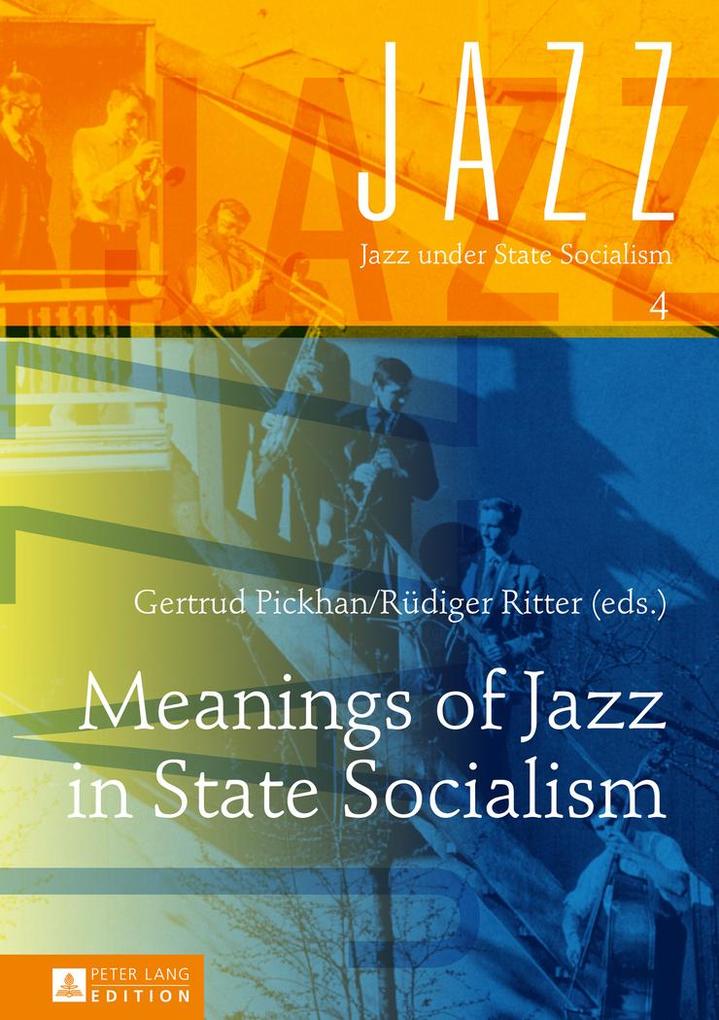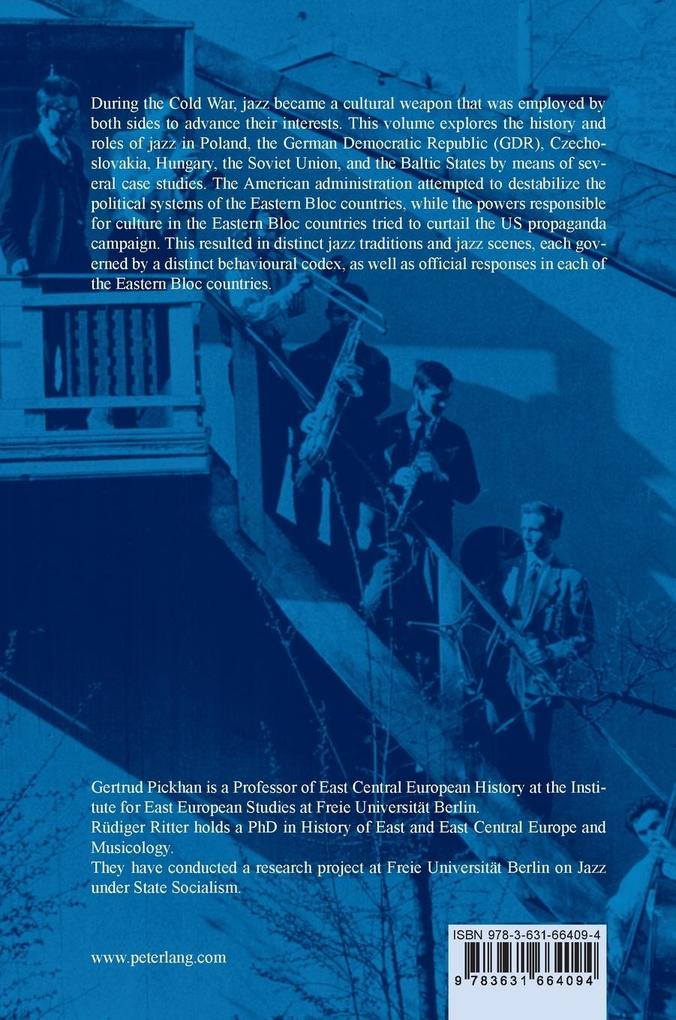
Zustellung: Di, 22.07. - Fr, 25.07.
Versand in 7 Tagen
VersandkostenfreiBestellen & in Filiale abholen:
During the Cold War, jazz became a cultural weapon that was employed by both sides. In the Eastern Bloc countries, new jazz scenes emerged. This volume explores the history and roles of jazz in Poland, the German Democratic Republic (GDR), Czechoslovakia, Hungary, the Soviet Union, and the Baltic States by means of several case studies.
During the Cold War, jazz became a cultural weapon that was employed by both sides to advance their interests. This volume explores the history and roles of jazz in Poland, the German Democratic Republic (GDR), Czechoslovakia, Hungary, the Soviet Union, and the Baltic States by means of several case studies. The American administration attempted to destabilize the political systems of the Eastern Bloc countries, while the powers responsible for culture in the Eastern Bloc countries tried to curtail the US propaganda campaign. This resulted in distinct jazz traditions and jazz scenes, each governed by a distinct behavioural codex, as well as official responses in each of the Eastern Bloc countries.
Inhaltsverzeichnis
Contents: Gertrud Pickhan/Rüdiger Ritter: Introduction Rüdiger Ritter: Jazz in State Socialism - a Playground of Refusal? Christian Schmidt-Rost: 1956 - A turning point for the jazz scenes in the GDR and Poland Marta Domurat-Linde: From «Jazz in Poland» to «Polish Jazz» Igor Pietraszewski: Jazz Musicians in Post-War Poland Gerg Havadi: Individualists, Traditionalists, Revolutionaries, or Opportunists? The Political and Social Constellations of Jazz in Hungary during the 1950s-1960s Peter Moty ka: The Jazz Section: Disintegration through Jazz Rüdiger Ritter: Negotiated Spaces: Jazz in Moscow after the Thaw Heli Reimann: Swing Club and the Meaning of Jazz in Estonia in the late 1940s.
Produktdetails
Erscheinungsdatum
05. November 2015
Sprache
englisch
Auflage
1. Auflage
Seitenanzahl
228
Reihe
Jazz under State Socialism
Herausgegeben von
Gertrud Pickhan, Rüdiger Ritter
Serie hrsg. von
Rüdiger Ritter
Verlag/Hersteller
Produktart
gebunden
Gewicht
413 g
Größe (L/B/H)
216/153/17 mm
ISBN
9783631664094
Entdecken Sie mehr
Bewertungen
0 Bewertungen
Es wurden noch keine Bewertungen abgegeben. Schreiben Sie die erste Bewertung zu "Meanings of Jazz in State Socialism" und helfen Sie damit anderen bei der Kaufentscheidung.










